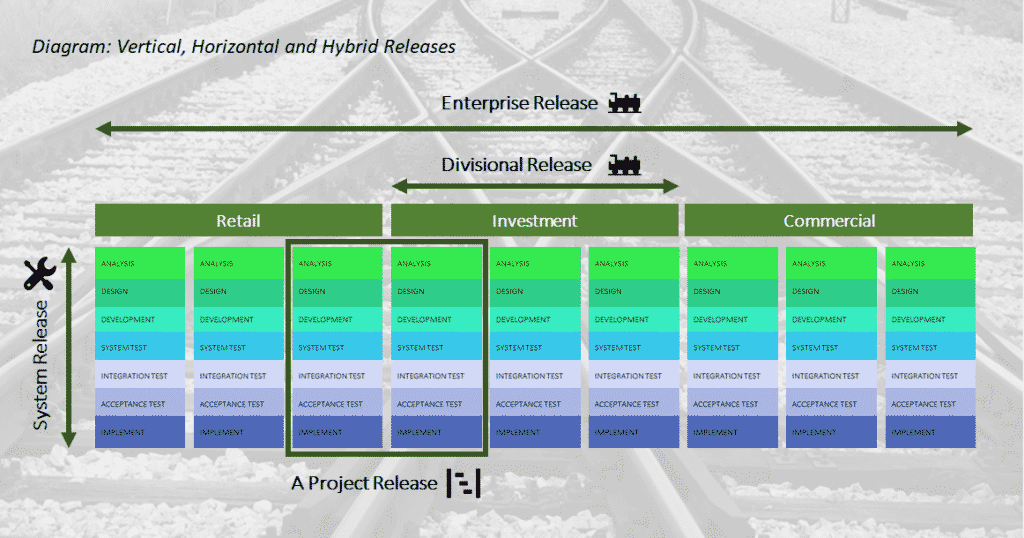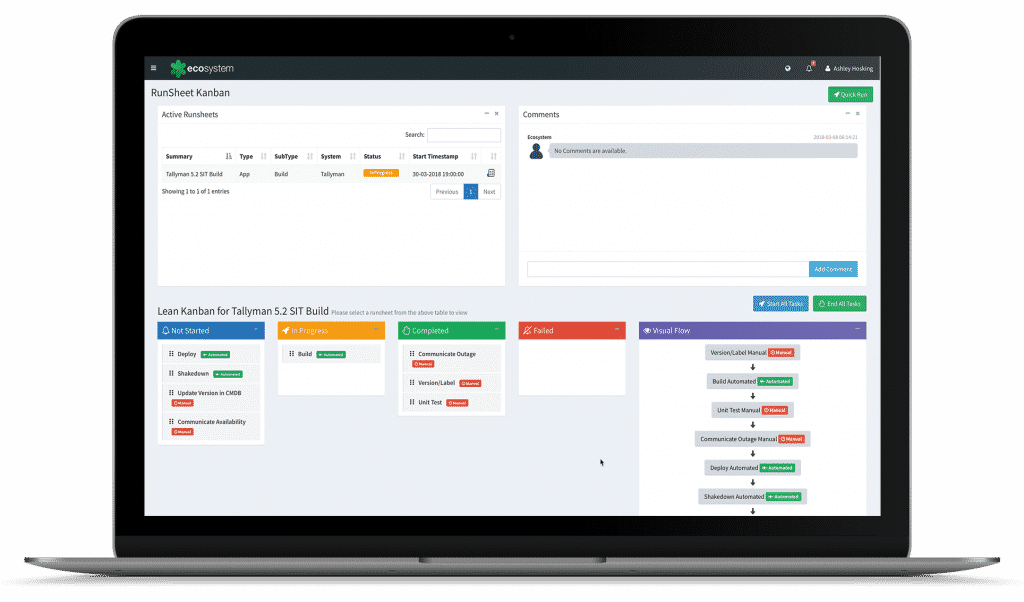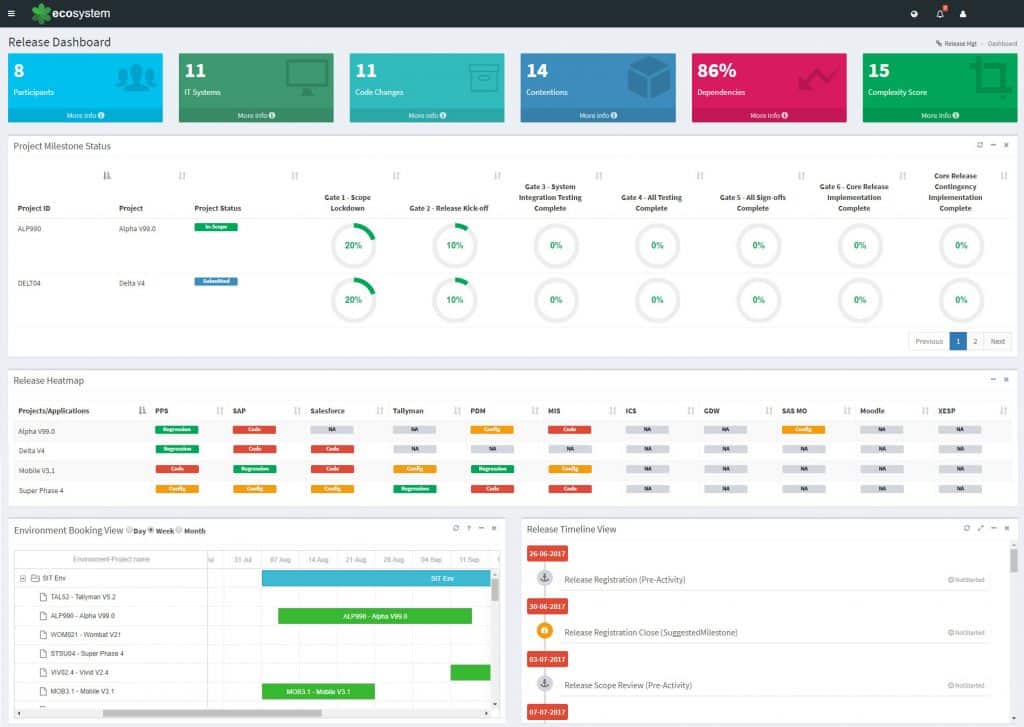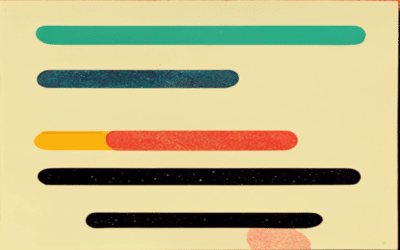Benchmarking Release Management
by Niall Crawford
Digital the Backbone of Business /
It goes without saying, that the backbone of all organizations today is digital and independent of the end-products you provide, there is an inherent need to drive your features and solutions from conception (the initial idea) through to production (the end customer) as quickly, safely and efficiently as possible.
- That is, every organization requires effective IT Release Management.
So, what is IT Release Management? Let us start with a definition (or two):
From Wikipedia:
Release management is the process of managing, planning, scheduling and controlling a software build through different stages and environments; including testing and deploying software releases.
Enterprise release management is a multi-disciplinary IT governance framework for managing software delivery and software change across multiple departments in a large organization.
The former is what a DevOps engineer might gravitate to i.e. someone with the task of building and deploying code to their individual system or services.
And the latter something that might be handled by an Enterprise Release Manager (or Portfolio Manager), that is someone interested in coordinating a family of system/project releases using methods like SAFe (Scaled
A Visual Definition of Release Management
Alternatively, consider the following diagram.

Holistic Release Management is a combination of Vertical Practices responsible for supporting delivery through the system lifecycle (i.e. Analysis, Design, Development, Test, and Implementation), a set of Horizontal Practices responsible for driving transformation across the enterprise (or divisions).
Measuring Release Management
Independent of whether your perspective is vertical (system focused) and/or horizontal (enterprise focused), there is little argument in the importance of getting both activities completed correctly and having the various teams working together as effectively as possible.
However, agreeing on benchmarking may not be trivial as the two tasks, although obviously related, are quite different. With the above in mind, we decided to put together two sets of release metrics that we thought would be useful in providing insight with respect to current release
- The ten best metrics for Enterprise Release Management (ERM)
- The ten best metrics for Release Management (aka System Deployment)
Note: Special thanks to some of our enov8 customers for sharing some of these.
Enterprise Release Management (ERM) Metrics
Whom: Typically, the responsibility of an IT Enterprise Release Manager the main goals are to ensure that a family of project releases (changes), which are often related and contain dependencies, can move through the software development lifecycle, from conception to production, in a controlled and aligned fashion.

Key data & trends, to be captured would be:
- Size of Enterprise Release by Projects (Project Releases Registered)
- Size of Enterprise Release by System Deployments
- Size of Enterprise Release by Features (or Stories)
- Project Releases Status (Success/Failure)
- Project Releases Delivered on Time
- Project Release Delay
- Number of Project De-Scoped*
- Number of Systems De-Scoped*
- Number of Features De-Scoped*
- Root Cause of Project Release Delay
*Note: In Enterprise release management, de-scoping is most typically caused by a project failing to meet its release gate obligations and being removed from the enterprise release as quickly as possible and thus avoid an impending “train crash’.
Release Management (System Deployment) Metrics
Whom – Typically, the responsibility of a DevOps “System Release” Engineer, the main goals are reliability and velocity i.e. the engineer wants to get the job done as safely and quickly as possible.

Key system deployment data & trends would be:
- System Deployment Frequency
- System Deployment Feature (Story) Size
- System Deployment Status (Success/Failure)
- System Deployment Time (ideally versus SLA)
- System Deployment Outage Time (outage time for deployment itself)
- System Post-Deployment Outage Time (outage caused by unsuccessful deployment)
- System Post-Deployment Incidents (Tickets) due to a deployment
- Mean Time to issue detection
- Root Cause of System Deployment Issue (Delay, Incident or Outage)
- Mean Time to remediation
Note: In the case of DevOps you would expect these metrics to be of use across the lifecycle. Therefore, the word ‘System’ could quite logically be replaced with ‘System Instance’, where you would have Instances in Integration, UAT, Staging & Production.
Food for thought
Hopefully, you found some of the above release metrics useful & maybe thought-provoking.
Ultimately metrics need to be aligned with your own operating model.
However, in closing we’d say this:
Good release metrics should always do the following:
- Clarify release strategy i.e. direct good practice
- Understand existing release capability i.e. strengths & weaknesses and
- Drive release enhancement i.e. continuous improvement
What else would you add to the above “Release Management” Metrics?
Further Reading
- Understand the association between Enterprise release management & DevOps:
Ref: ERM – The bridge between corporate strategy & DevOps
- Releases need Environments, Non-Production Environment Metrics:
Ref: Test Environment Management Metrics
Learn More or Share Ideas about Release Management & Enterprise Release Management
If you’d like to learn more about Release Management or perhaps just share your own ideas then feel free to contact the enov8 team. Enov8 provides a complete platform for addressing organizations “DevOps at Scale” requirements. Providing advanced “out of the box” IT & Test Environment Management, Release Management and Holistic Data Management capabilities.
Our Key solutions include
- Environment Manager for IT & Test Environment Management.
- Release Manager for Enterprise Release Management & Implementation Planning.
- Data Compliance Suite (DCS) for Test Data Management, including Data/Risk Profiling /Discovery, Automated Remediation & Compliance Validation.
Niall is the Co-Founder and CIO of Enov8. He has 25 years of experience working across the IT industry from Software Engineering, Architecture, IT & Test Environment Management and Executive Leadership. Niall has worked with, and advised, many global organisations covering verticals like Banking, Defence, Telecom and Information Technology Services.
Relevant Articles
Enterprise Release Management: A Comprehensive Guide
Enterprise Release Management (ERM) is a set of end-to-end practices that enable large organizations to effectively manage software releases. ERM is uniquely designed for the challenges of multiple teams building and releasing software simultaneously. ERM establishes...
Your Essential Test Environment Management Checklist
“Test Environment Management Checklist.” Yep, that sounds like a mouthful, but don’t let that discourage you. The idea here is quite simple—adopting a checklist to evaluate the soundness of your test environment management approach. Even though the idea sounds simple...
A Detailed Guide to SAP Data Masking
SAP systems handle some of the most sensitive data in the enterprise: financial transactions, HR information, supplier records, customer profiles, operational details, and more. For that reason, copying production data into non-production systems without modification...
Release vs Deployment Management: What’s the Difference?
In the always-an-adventure world of IT service management, there are several key processes that are essential for delivering high-quality services to customers and end-users. Two of the most critical processes are release management and deployment management....
7 Tools to Help with Application Rationalization
Application rationalization is the process of identifying which applications an organization should keep, update, consolidate, or retire. Think of it as a financial adviser, but instead of your investment portfolio, it's your application portfolio. Most companies take...
Pairing DevOps with Test Environment Management
For many organizations, DevOps is the best practice for efficiency. However, this model doesn’t come easily as the organization needs to put certain things in place. For example, the firm needs to incorporate the right tools to ensure its delivery pipeline and...






